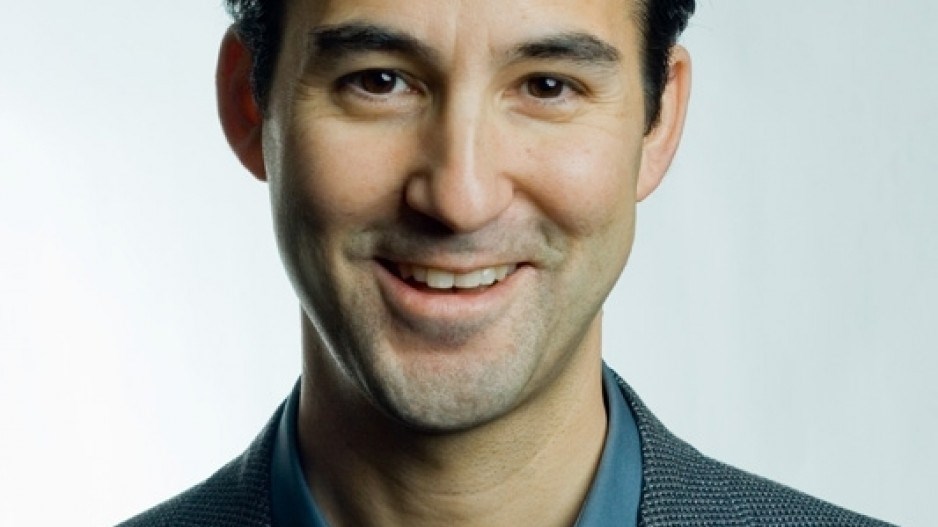B.C. and Canada is about middle of the pack so far when it comes to the spread of COVID-19 virus, with the exception of Quebec, which has a worst-case growth scenario on its hands, according to a new analysis done by AnalysisWorks.
And the U.S. appears to be headed for a worse than worst case scenario.
Jason Goto, CEO of AnalysisWorks, specializes in health data analysis. Using publicly available data, he has analyzed how COVID-19 has spread around the world and how countries are doing in terms of delaying its growth.
He cautions that his analysis only shows where various countries, states and provinces are now in terms of the spread and growth of COVID-19 -- it cannot predict where things are going.
Right now, Canada has neither a worst-case or best case scenario, with the exception of Quebec, which has a worst-case growth scenario.
"Without question, I'd rather be here in B.C. than Quebec, because there's no telling where Quebec is going to stop," he said.

The growth of new COVID-19 cases is always exponential, no matter how countries respond to contain the virus. The only variation is how long it takes for new cases to double.
The best any country can do is spread out and delay that exponential growth so hospitals aren’t overloaded. B.C. is doing better than average, Goto said, but on a per capita basis the cases here are high.
The decline also appears to be exponential, as the data suggests that the virus grows in a population before topping out and then declining exponentially, at least during the first wave.
“The regions that are doing well are the ones who have been able to nip the problem in the bud,” Goto writes. “They get to the inflection part of the “S curve” and never get to 1,000 confirmed cases.”
“What matters most is making today just a little bit lower than yesterday,” Goto told Business in Vancouver. “And as soon as we start doing that a few days in a row, we’re at that inflection point, which is where we want to be.”
Goto cautions that there is a wild card: Confirmed case numbers depend to some extent on how much testing is done. There may be more cases in a given jurisdiction that simply haven't been picked up by testing.
Another note of caution: “Some of those Chinese or Asian countries that have already done well, they’re actually starting to grow again," Goto said. "They’ve gone past the peak, and then I think they got over-confident and now they’re starting to report cases and the cases are starting to grow.”
Singapore is one of those countries.
“You can get past the wave, but if you don’t stay vigilant, and stay on top of things, it’s going to come back,” Goto said.
Here are some key findings of Goto’s analysis:
- It generally takes one to two weeks for a country, state or province to go from having 10 confirmed cases to 100 confirmed cases;
- It generally takes another week to go from 100 to 1,000 and one more week week to go from 1,000 to 10,000 confirmed cases;
- Canada, Australia and the UK have missed their chance to manage the coronavirus as well as Taiwan and Singapore, but they are faring better than others;
- The US, and in particular, New York and New Jersey are on track to fare as poorly as Spain, Italy, and Germany.
As of March 25, B.C. had not hit 1,000 cases, but it could be there any day now. As of March 25, there were 659 confirmed cases in B.C.




